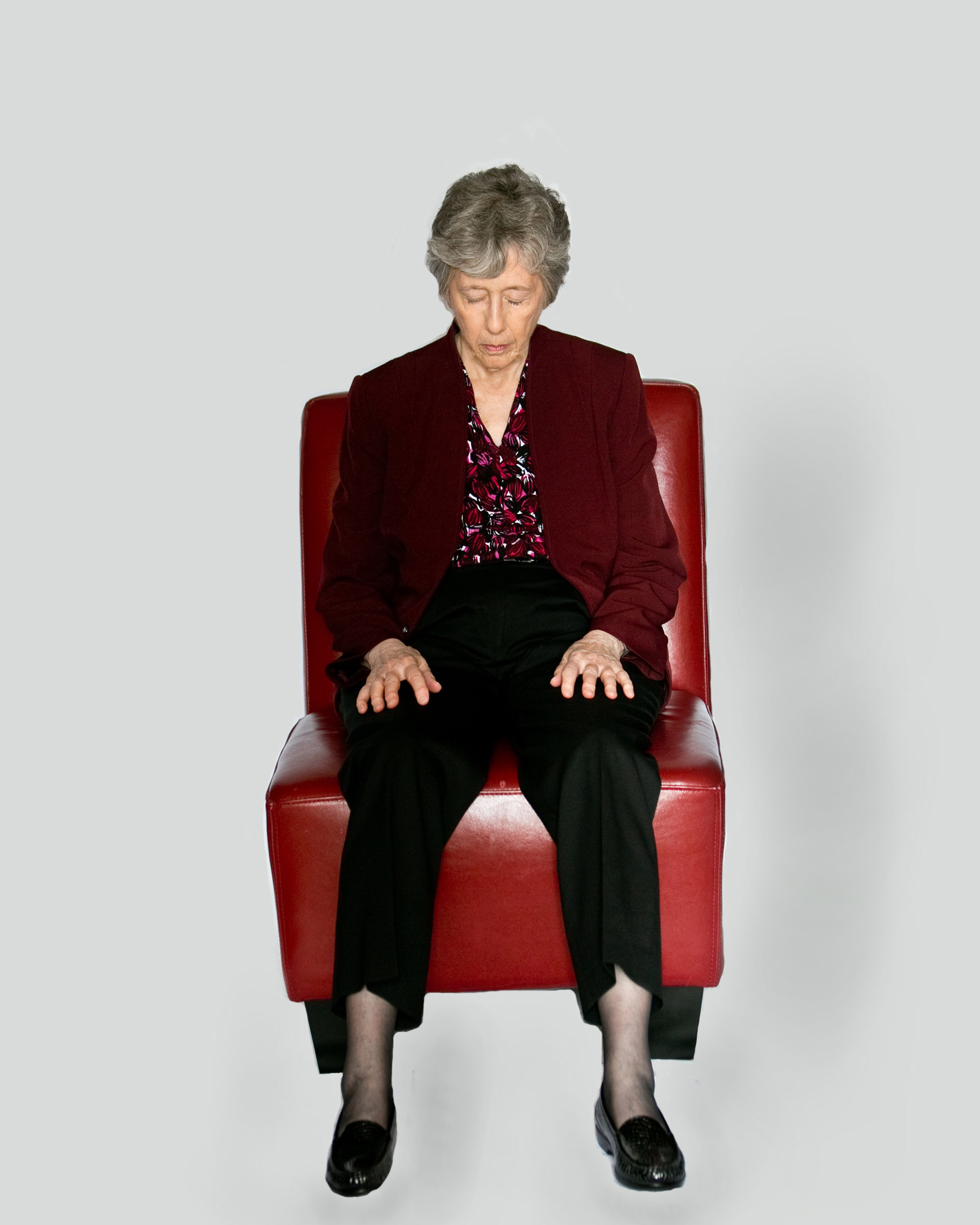
And How is it Used?
Last time I described how, while practicing self-hypnosis, I acquired an Inner Guide: a new mental pathway that has access to one's entire memory bank and also to all of one's subliminal perceptions. It has its own agenda for bringing you emotional comfort (that is, a life without anxiety, depression or anger; a life lived with just positive feelings). It solves discomforts. (Last time I described how my Inner Guide ended a longstanding problem I had: being a perfectionist. For others, it can solve such problems as overworking and stress.) And it solves new problems that arise, as well.
I said last time that I would talk next about how an Inner Guide makes use of your subliminal perceptions to help you. But I've decided that, before I do that, I would like to tell you more about hypnosis and self-hypnosis, and why they are so valuable.
Hypnotherapy
A couple of hundred years ago, certain physicians began using hypnosis as therapy for various disorders. They developed a number of theories to explain what caused this mysterious state, but none of them understood the real cause. In modern times, it has been described as a state of focused attention during which a person is responsive to suggestions (including suggestions to be free of whatever disorder they may be experiencing). This description is only that; not an explanation. I've developed the theory that actually explains what it is, which I've included in my book Emotional Comfort: The Gift of Your Inner Guide. But you don't need to know the theory in order to have it work for you.
Hypnotherapy has been used to help people stop unwanted behaviors such as smoking and over-eating. And to alleviate the pain of childbirth and dental surgery. And to help with the pain of various diseases such as irritable bowel syndrome.
Stage Hypnosis
It's possible that you've learned about hypnosis from having read or heard about Stage Hypnosis. This is a form of entertainment during which a hypnotist, on stage, hypnotizes volunteers and has them perform certain actions while in trance. Though the process of entering a hypnotic state may be the same, stage hypnosis is mainly for show. This may be sensational but it has nothing to do with serious hypnotherapy that is used by doctors, dentists, and other professionals; and they frown on it.
Self-hypnosis
Rather than having a therapist hypnotize you, it is possible to hypnotize yourself and gain all the same benefits, including relief of your stress. For thousands of years, people have meditated. Some forms of meditation are identical to self-hypnosis. If you meditate, you may have already entered the self-hypnotic state. And if you have used my Emotional Comfort® Tool, you will have, also. Entering the self-hypnotic state is the first step to acquiring an Inner Guide. If you haven't already, you can get the Tool here: Tool. And next time, I will tell you how an Inner Guide makes use of your subliminal perceptions to help you perceive internal and external dangers.